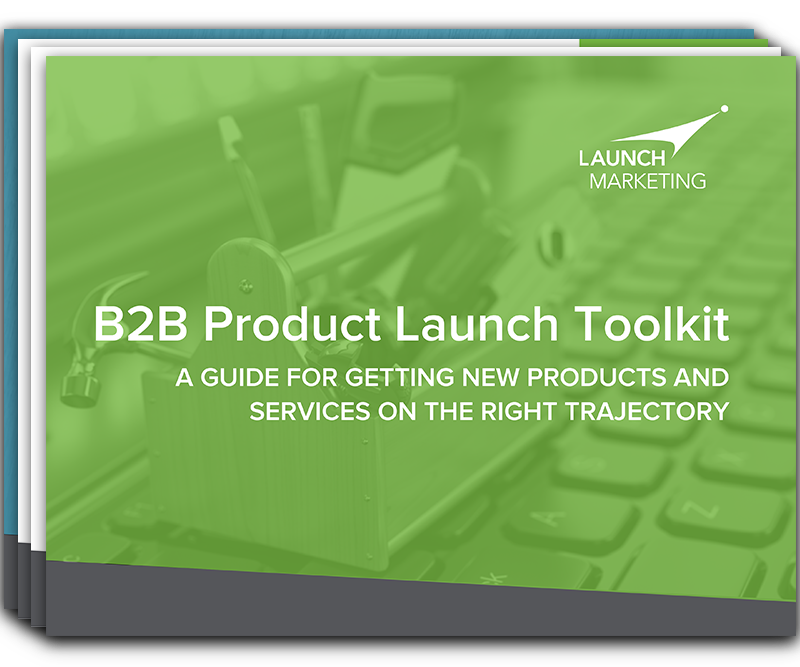
A successful product launch, driving results and generating revenue, is rooted in the details and data. As organizations analyze data to drive key decisions, especially for new products, it is critical to know what data to look at and why. Having the right data drives effective decisions, and organizations that use data to make marketing decisions are 23 times more likely to acquire customers and 6 times more likely to retain them. From planning to execution and post-launch analysis, consider these product launch metrics to drive the decisions in your marketing strategy and planning.
Phase 1 Metrics: Launch Planning
In the planning portion of your product launch, your team develops content to share with audiences, runs campaigns to boost awareness, puts together ads, and much more. Each of these marketing activities gathers data that tells you what is working, what isn’t, leaving you with the decisions as to what tactics to change or modify.
- Website Engagement: As campaigns run and visitors come to your website, it is essential to measure engagement. Especially with pages with details about your new product or upcoming product launch. Metrics such as landing page visits and average time on page can gauge how interested your audience is. Traffic acquisition channels show what campaigns are driving traffic, giving your team insights into which channels are performing, which aren’t, and what to do next.
- Email Metrics: Whether you are only promoting your new product or featuring it in newsletters and other audience communications, keep an eye on open and click rates, especially click rates. A click is a signal of interest. Is your audience clicking on links to your product? Are they clicking on the links to your other shared content? Are these email
- Advertising Results: Advertising is likely one of your integrated marketing plan components for your new product launch. Carefully analyze performance, on a weekly or even day-to-day basis, if necessary, to make quick changes aimed at generating more key results for the campaign. Ensure you are looking at performance across all channels, like LinkedIn and Google Ads, to get a comprehensive view and make necessary changes.
For guidance on executing your B2B product launch, download our B2B Product Launch Toolkit.
Phase 2 Metrics: Launch Execution
As your launch finally happens and excitement continues to build, now is the time to lock in on analysis. As campaigns continue to run, your team needs to be looking at results and whether the bottom line is being impacted.
- Conversion Rate: What campaigns are generating the most conversions or purchases? How is the number of conversions stacking up compared to expectations and goals? If the conversion rate is low, it is imperative to make changes to the campaigns to garner more conversions. If your team is achieving or surpassing the conversion rate, how can you continue to exceed expectations? Some changes might be more drastic than others but pay attention to what the data is telling you.
- Campaign Engagement: As mentioned above, check in on your campaigns. Are they still generating expected results? What changes can be made to boost performance? This is the time to focus on messaging and connecting with the prospect. Utilize feedback and testimonials from users to move interested buyers to a purchase. Whether it is changing out ad versions, publishing new content, or sending more targeted emails, there are many options to increase engagement.
- Costs/Revenue: How are the costs for campaigns and marketing efforts stacking up compared to revenue generated? Is the revenue you are generating comparable to the goals set before launch? It is critical to pay attention to this. Everything you do in your integrated marketing plan impacts the bottom line. Again, if revenue doesn’t meet expectations, evaluate and implement what marketing changes to make.
Phase 3 Metrics: Post-Launch Analysis
As the initial excitement of the launch wears off and your team compiles campaign performance, it is time to turn to metrics that focus on customers. These components drive long-term success, building relationships and turning prospects into buyers through trust signals.
- Reviews: What are customers saying about the product? Collecting negative feedback goes a long way in product improvements, while positive feedback is useful for testimonials and can be used in future campaigns or marketing materials. The important thing to note here is to listen to your customers. They have first-hand experience with your product in their work environment, so incorporate their feedback and improve the product as needed.
- New Customers & Customer Retention: Look at the breakdown of customers for your new product purchases. Are there a lot of new customers? How about current customers who added to their product stack? New customers are great, and high customer retention rates are even better, showing they trust your brand and products.
- Customer Acquisition: How did you acquire your new customers? Did they come from the ongoing marketing campaigns? Did some come from referrals? Breaking down your new customer lead sources can be helpful. It allows you to see what sources were the most effective and informs changes to the campaigns to boost customer acquisition.
Analyzing the right metrics can help your organization and teams objectively gauge product launch success. Assess the right indicators for each phase of your product launch to move forward with confidence and clarity.
For more guidance on your B2B product launch, contact us or request a free consultation!
 Clearly Define Your Product Launch Goals
Clearly Define Your Product Launch Goals
There is one comment